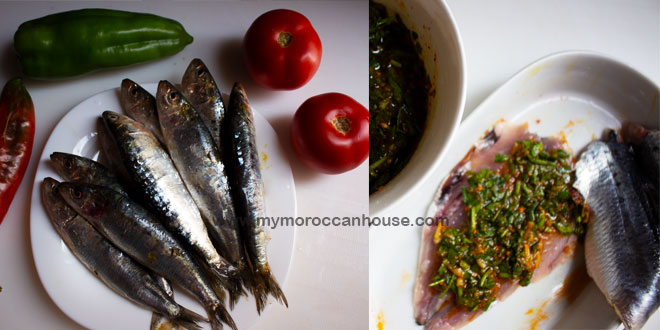You have reached this interesting post as you might be among those who have asked the following questions: why do Moroccan goats climb trees? What causes the Moroccan goats to climb the argan tree branches? Why do goats like argan trees? if so, then you have come to the right place.

Why Do Moroccan Goats Climb Trees?
In Morrocco, goats have acquired the incredible ability to climb trees for various reasons.
In the southwest of Morocco, particularly in the suburb of Essaouira and Agadir, goats have become a real attraction for tourists. And for good reason, seeing them climbing trees, several meters high, sometimes up to 8 meters, is not common.
If goats in Morocco climb trees, it’s not because they’re keen on climbing, but because it’s almost the only way they have found to feed themselves.
Indeed, in this region of Morocco, the climate is very dry. However, without rain, nothing grows on the ground.
What Causes the Moroccan Goats to Climb the Argan Tree Branches?
One of the few food sources the goats can find is the fruits of the Argan tree, a tree that grows only in this region. But to get there, you have to climb! Thus, they learned to climb this tree in order to feast on its fruits.
When goats eat the fruits of the argan tree, they systematically spit out the pits, the latter being too large to be swallowed. The cores then fall to the ground, allowing other trees to grow.
But tree-climbing goats not only play a crucial role in the local ecosystem, but they are also vital to the region’s economy. Indeed, 2 million people live thanks to the manufacturing and selling of argan oil. But without the goats, there wouldn’t be so many argan trees, since they are the source of seed dispersal.
The Argan Tree in Morocco and The Ecosystem: Why Do Goats Like Argan Trees?
Symbol of life in Morocco, the Argan tree has shaped the country and sculpted the landscape.
Argan trees spot the geography on the dusty road from Marrakech to the coastal city of Essaouira. These thorny plants endemic to southwestern Morocco may look unattractive, but they have ardent admirers.
Perfectly adapted to its ecosystem, this endemic tree covers an area of more than 800,000 ha on the red soils of southwestern Morocco, between Agadir, Taroudant, Tiznit, and Essaouira.
Herds of hungry goats climb the Agran trees’ knotted branches; they are sometimes more than a dozen to share the same argan tree.
There is an answer to this weird phenomenon. Argan trees produce a fruit that looks like a withered olive, which ripens every year in June. Goats, ingenious, climb up to 8 to 9 meters high to taste these bitter fruits, which constitute nearly 84% of their diet.
Goats swallow up the whole fruit, although it’s the pulp that hides under its thick skin that’s the tastiest. The pulp itself shields a core. Men collect argan nuts from that goats’ spit, which cannot swallow them.
The nuts are then used to extract Argan oil. Most local women are in charge of this time-consuming activity: the nuts must first be gathered, then opened by hand to obtain the precious oil that will be used to conceive expensive but precious cosmetic or food products.
Argan oil is also widely used in Moroccan cuisine: Many Moroccan recipes are famous for the use of Argan oil in them such as Amlou.
If Argan oil products are sold at high prices, it is because it takes more than 27 kilos of argan fruit to produce one liter of argan oil.

So Why Do Goats Climb Trees in Morocco?
During the dry season in the southwest of Morocco, grasses are rare, even disappearing in certain regions. In any case, despite the climatic difficulties, there is a tree prepared for this time of year, which is armed with thorns and thick leaves to survive: the Argan tree ( Argania Spinosa ).
For this reason, goats climb the thorny untidy branches of this tree, so that they can feed on the shoots and fruits.
This is beneficial to goats and humans. They get food and farmers get fruit from argan trees
The Argan tree produces fruit from the seed from which this oil is extracted, which has a high content of vitamin E and 80% unsaturated fatty acids. This is very beneficial for the skin and hair.
This fruit, similar to a wrinkled olive, is a treat for goats. However, after eating the pulp, they usually spit the seed out. Once the skin is removed, this coveted oil can be extracted.
Collecting argan kernels employs a multitude of Moroccan women’s cooperatives, who collect them to sell the oil. These same women even organize tourist visits to show the curious image of climbing goats.



